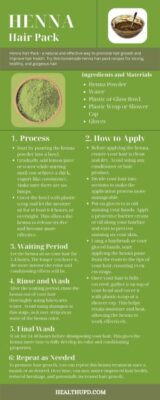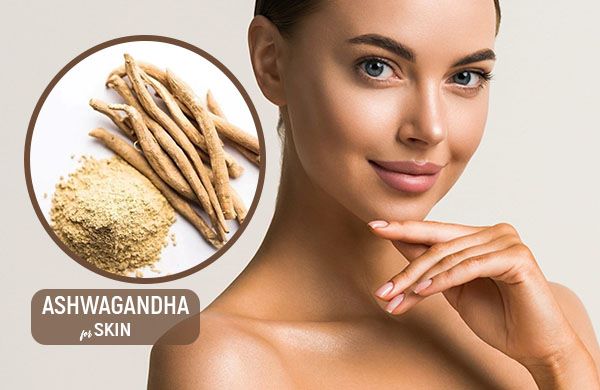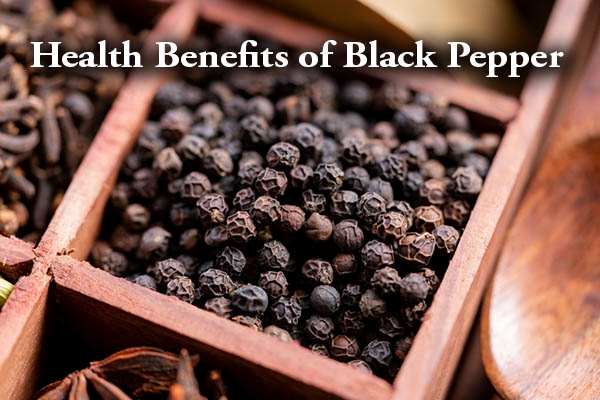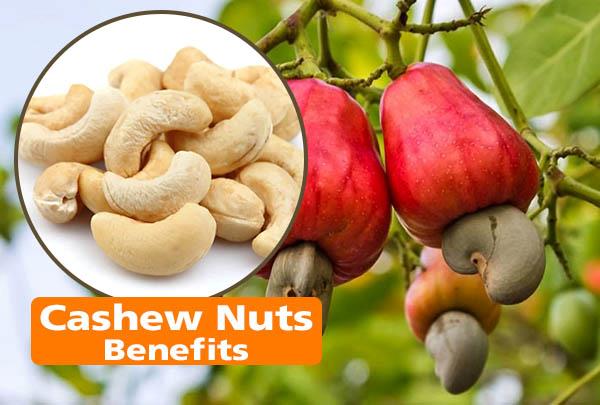Are you looking for a natural remedy that can enhance your hair health? Look no further than henna! This exquisite plant-based dye has been used for centuries across various cultures to adorn the body with intricate designs and to color hair with a rich, natural hue. In this article, we’ll tell you How to use Henna for Hair Growth. More about henna, its origins, and its unique benefits.
Table of Contents
What is Henna?
Henna is a dye prepared from the plant Lawsonia inermis, also known as the henna tree. It has a long history, traced to ancient Egypt, where it was employed for its cooling properties on the skin in the scorching desert climate. Over time, henna’s application evolved to include body art, particularly in Indian and Middle Eastern cultures. Today, henna remains a symbol of celebration, used to hair, hands and feet during weddings and other special occasions.
10 Benefits of Henna
Let’s explore the 10 amazing benefits of henna in more detail
5 Benefits of Henna for Hair
- Natural Hair Coloring: Henna is a potent natural hair dye that provides a vibrant, red-orange hue. Unlike chemical dyes, it’s free from harsh chemicals and is gentle on your hair, making it an ideal choice for those who want to change their hair color without damaging it.
- Hair Strengthening: Henna not only colors your hair but also strengthens it. It forms a protective layer around each hair strand, reducing breakage and promoting healthier, thicker locks.
- Dandruff Treatment: Henna has antifungal properties that can help combat dandruff. Regular henna treatments can reduce flakiness and soothe an itchy scalp.
- Balancing Scalp Oil: Henna regulates the production of scalp oils, preventing excessive greasiness while ensuring your scalp remains adequately moisturized.
- Natural Hair Conditioner: Henna leaves your hair soft, shiny, and more manageable. It acts as a natural conditioner, restoring moisture to dry and damaged hair.
See also: Guava Leaves for Hair Growth
5 Benefits of Henna for Skin
- Cooling Effect on Skin: When applied to the skin, henna has a cooling effect, making it popular in hot climates. It provides relief from heat-related discomfort.
- Skin Conditioning: Henna paste, when applied to the skin, acts as a natural skin conditioner. It can help hydrate and nourish the skin, leaving it feeling soft and supple.
- Natural Exfoliation: As henna paste dries on the skin and is eventually peeled off, it gently exfoliates the skin’s top layer. This can help remove dead skin cells, leaving your skin looking fresher and smoother.
- Anti-Inflammatory Properties: Henna contains anti-inflammatory properties that can help reduce skin inflammation and redness. This makes it useful for individuals with skin conditions like eczema or psoriasis.
- Natural Sunblock: Some research suggests that henna can offer mild sun-blocking properties. While it’s not a substitute for sunscreen, it can provide an additional layer of protection against UV rays.
Incorporating henna into your beauty routine can bring a range of benefits, from enhancing your hair and skin health to embracing a beautiful form of self-expression through intricate body art. Whether you’re drawn to its natural hair coloring properties or its cultural significance, henna is a versatile and safe choice for those seeking a unique and authentic beauty experience.
See also: Rosemary and Cloves for Hair Growth
See also: How To Use Papaya Seeds For Hair Growth?
What are the uses of Henna?
We use Henna for many purposes. Here are some of the common uses of henna:
- Hair dye: Henna is commonly used as a natural hair dye. It can give the hair a reddish-brown color and is often used as an alternative to chemical hair dyes.
- Body art: Henna is widely known for its use in creating temporary tattoos or body art. The paste made from henna leaves is applied to the skin, creating intricate designs that fade away over time.
- Nail dye: Henna can be used to dye nails, giving them a reddish or orange tint. It is often used as a natural alternative to chemical nail polishes.
- Skin dye: Henna can be used to dye the skin, creating temporary designs or patterns. It is commonly used for special occasions, such as weddings or festivals.
- Medicinal uses: Henna has been used in traditional medicine for various purposes. It is believed to have anti-inflammatory, antibacterial, and antiviral properties. It has been used to treat conditions such as headaches, skin conditions, and arthritis pain3.
- Cooling effect: Henna has a natural cooling effect on the skin. In some cultures, it is used to cool down the body by applying henna paste on the skin, providing a refreshing sensation.
- Cosmetics: Henna is used in the manufacturing of cosmetics, hair dyes, and hair care products. It is also used as a dye for clothing and fabrics.
Note that while henna has many uses, it is always recommended to consult with a healthcare professional before using henna for medicinal purposes.
See also: Ratanjot for Hair Growth
See also: Tomato for Hair Growth.
How to use Henna for Hair Growth?
Henna can be a natural and effective way to promote hair growth, when used correctly. Here are the steps, how to use henna for hair growth.
Here are the steps, how to make henna hair pack for hair growth
Step 1: Gather Your Materials
Before you begin, make sure you have all the necessary materials:
- Henna Powder: Ensure you have high-quality, pure henna powder without any additives or chemicals.
- Lemon Juice or Water: You’ll need a liquid to mix with the henna powder. Lemon juice is a popular choice, as it can enhance the color and conditioning properties of henna. Water is a milder option.
- Plastic or Glass Bowl: Use a non-metallic bowl to prepare the henna paste.
- Plastic Wrap or Shower Cap: You’ll need to cover your hair after applying the henna paste to keep it moist.
- Gloves: Henna can stain your hands, so wear gloves during the application process.
Step 2: Prepare the Henna Paste
- Start by pouring the henna powder into a bowl.
- Gradually add lemon juice or water while stirring until you achieve a thick, yogurt-like consistency. Make sure there are no lumps.
- Cover the bowl with plastic wrap and let the mixture sit for at least 6-8 hours, or overnight. This allows the henna to release its dye and become more effective.
Step 3: Application
- Before applying the henna, ensure your hair is clean and dry. Avoid using any conditioner or hair product.
- Divide your hair into sections to make the application process more manageable.
- Put on gloves to avoid staining your hands. Apply a protective barrier cream or oil along your hairline and ears to prevent staining on your skin.
- Using a hairbrush or your gloved hands, start applying the henna paste from the roots to the tips of your hair, ensuring even coverage.
- Once your hair is fully covered, gather it on top of your head and cover it with plastic wrap or a shower cap. This helps retain moisture and heat, allowing the henna to work effectively.
Step 4: Waiting Period
Let the henna sit on your hair for 2-4 hours. The longer you leave it, the more intense the color and conditioning effects will be. You can wrap a towel around your head to keep it warm, which can help enhance the henna’s benefits.
Step 5: Rinse and Wash
After the waiting period, rinse the henna out of your hair thoroughly using lukewarm water. Avoid using shampoo at this stage, as it may strip away some of the henna color.
Step 6: Final Wash
Wait for 24-48 hours before shampooing your hair. This gives the henna more time to fully develop its color and conditioning properties.
Step 7: Repeat as Needed
To promote hair growth, you can repeat this henna treatment once a month or as desired. Over time, you may notice improved hair health, reduced breakage, and potentially increased hair growth.
Incorporating henna into your hair care routine can be a natural and beneficial way to support hair growth while also enjoying the conditioning and coloring benefits it offers. Remember that individual results may vary, and consistency is key when using henna for hair growth.

To download the Henna Hair Pack Recipe PDF version click HERE
Conclusion
Henna is a versatile and natural beauty secret that can transform your hair and skin. Its rich history, unique benefits, and cultural significance make it a captivating choice for those seeking an authentic and chemical-free beauty regimen. So, why not explore the world of henna and unlock its myriad of benefits for yourself? Whether you’re looking to enhance your hair’s vibrancy or adorn your skin with intricate designs, henna has got you covered in a way that is both creative and authentic.
Image source: Healthshots
FAQs
Q: Does henna increase hair growth?
A: Henna doesn’t directly stimulate hair growth but can promote healthier hair. It strengthens the hair shaft, reduces breakage, and improves overall hair health, which can indirectly lead to improved hair growth.
Q: Is henna good for hair growth and thickness?
A: Yes, henna is beneficial for hair growth and thickness. It can strengthen the hair, making it less prone to breakage and thinning.
Q: How many times should I apply henna in a month?
A: Applying henna once a month is generally sufficient for most people. You can adjust the frequency based on your hair’s specific needs and the desired intensity of color and conditioning.
Q: How many times can we use henna in a month for hair growth?
A: Using henna once a month should be adequate for hair growth. Frequent henna applications may result in a buildup of color but can also provide continuous conditioning benefits.
Q: Should I shampoo after henna?
A: It’s advisable to wait 24-48 hours after applying henna before shampooing your hair. This allows the henna to fully develop its color and conditioning properties. After this waiting period, you can shampoo as usual.
Q: Is 2 hours enough for henna?
A: Two hours is generally sufficient for henna to provide color and some conditioning benefits. However, for deeper conditioning and more intense color, you can leave it on for 4-6 hours or even overnight.
Q: What are the disadvantages of applying henna on hair?
A: While henna has many benefits, there are some potential disadvantages to be aware of, including:
- It can be time-consuming.
- The color may not be predictable, especially on chemically treated hair.
- It can be messy.
- Some people may be allergic to henna.
Q: How many days to use henna for hair?
A: You can use henna once a month for consistent benefits. There’s no specific limit to the number of days in a row you can use it, but moderation is generally recommended to avoid excessive color buildup.
Q: Should I oil my hair after henna?
A: Yes, you can apply oil to your hair after henna. Using a natural oil like coconut, olive, or argan oil can further enhance the conditioning effects of henna.
Q: Should I apply oil before henna?
A: It’s generally recommended to apply henna to clean, dry hair without any oil or hair products. This ensures that the henna can adhere to your hair effectively.
Q: What can I mix with henna for my hair?
A: You can mix various ingredients with henna based on your hair’s needs. Common additions include yogurt (for added conditioning), amla powder (for enhanced shine), and essential oils (for fragrance and extra nourishment).
Q: How to use Nupur henna for hair growth?
A: Nupur henna is a popular brand of henna that often contains additional herbal ingredients like amla, Brahmi, and neem. To use it for hair growth, follow the instructions on the package, or mix it with water or yogurt to create a paste, apply it to your hair, and leave it on for a few hours before rinsing.
Q: What happens if I apply henna every week?
A: Applying henna every week may lead to a buildup of color, making it darker with each application. It can also result in over-conditioning, which may not be suitable for all hair types. It’s generally recommended to use henna once a month or as needed.
Q: Can I put henna on oiled hair?
A: It’s generally best to apply henna to clean, dry hair. Oils and hair products can create a barrier that may prevent the henna from adhering effectively to your hair. To ensure the best results, wash and thoroughly dry your hair before applying henna.





2 thoughts on “How to use Henna for Hair Growth? with 10 Stunning Benefits”